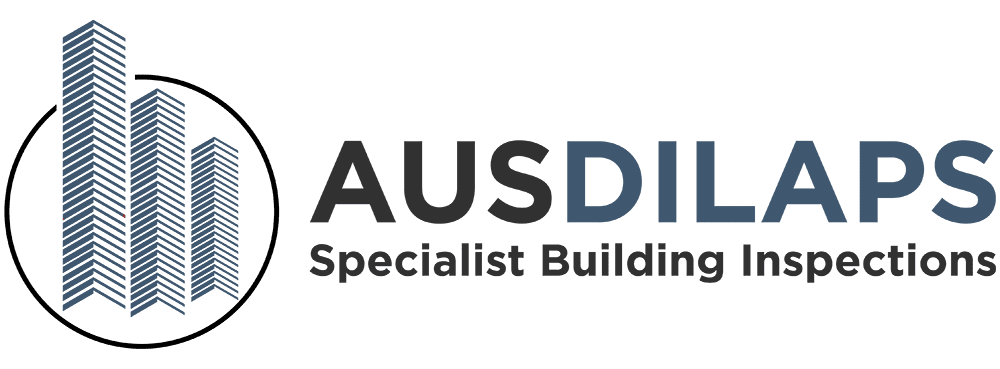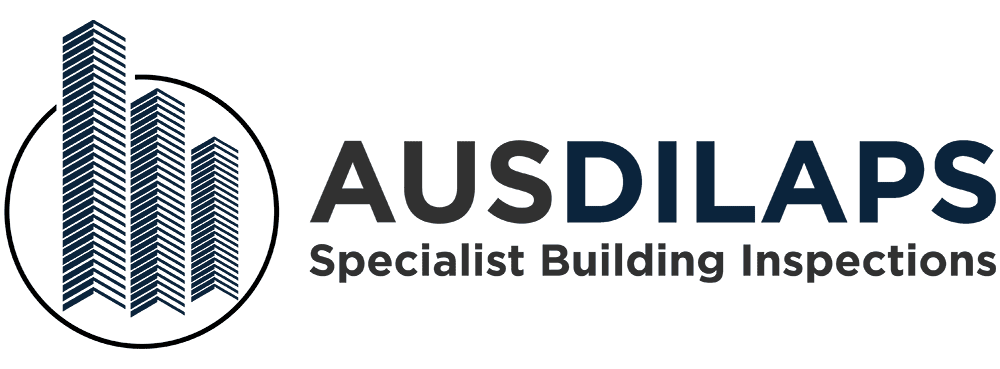Victoria’s Recent Earthquakes: Lessons from Christchurch on the Imperative of Structural Checks for Commercial and Historical Buildings
Victoria has witnessed a series of seismic events in quick succession, the most recent being a 3.7 magnitude tremor near Apollo Bay. While Vic Emergency reports “little to no damage,” it’s crucial to remember that minor tremors can lead to severe structural vulnerabilities over time, especially in commercial and historical buildings. The recent events should serve as a warning to property owners across the board, particularly those with responsibilities for commercial spaces, historical landmarks, and even residential buildings.
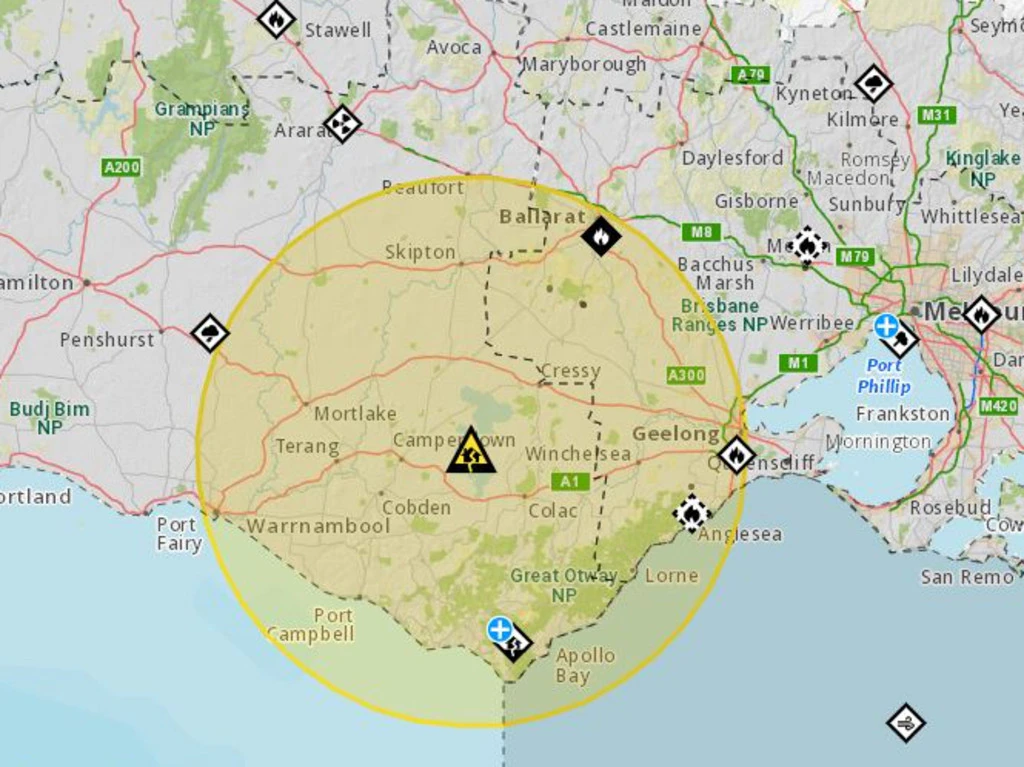
A 3.7 magnitude tremor has shaken a well-known tourist destination in Victoria. Image Credit: Vic Emergency
The Christchurch Cautionary Tale
The situation unfolding in Victoria has eerie parallels with the earthquakes in Christchurch, New Zealand, in 2010 and 2011. Many property owners and managers underestimated the impact of the initial smaller quakes, failing to check or repair structural vulnerabilities. The subsequent, more devastating earthquake led to tragic loss of life, extensive property damage, and serious legal consequences for some building owners.
Legal Ramifications
In Christchurch, certain building owners faced legal repercussions for neglecting to take precautionary steps following the initial earthquakes. They were held liable for structural failures that resulted in injuries and deaths.
Financial Cost
The lack of immediate action following the more minor tremors resulted in significantly higher costs for property reconstruction and legal settlements.
Cultural Loss
Several historic buildings that could have been saved through timely intervention were lost forever.
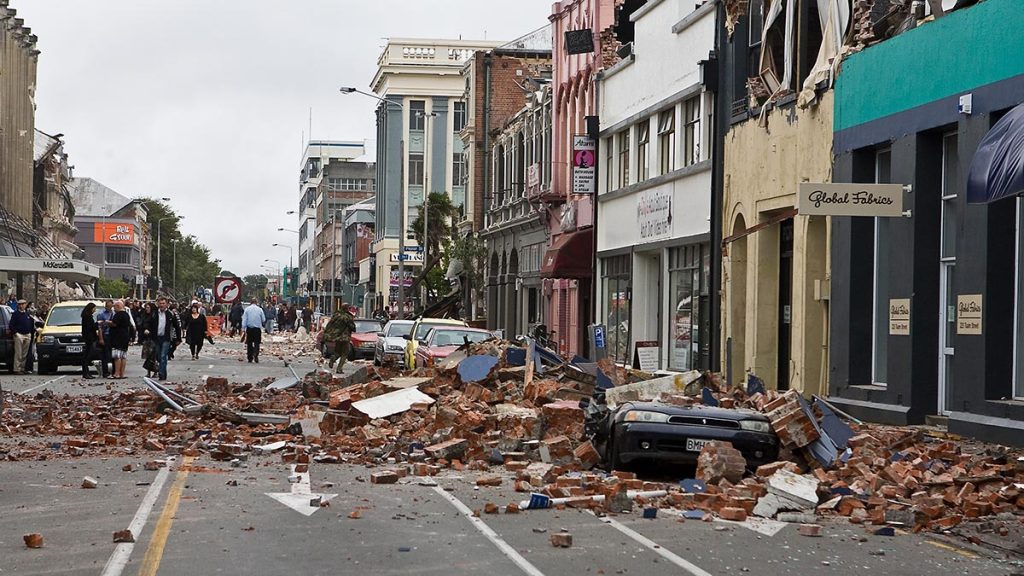
Tuam Street Christchurch Earthquake
Why Immediate Structural Checks are Non-Negotiable: Separate Responsibilities for Building Owners and Occupiers
Given the compelling lessons we’ve gleaned from the Christchurch earthquakes, taking immediate action for structural assessments in commercial and historical buildings in Victoria is absolutely essential. The responsibilities in this regard fall on both the building owners and the occupiers
For Building Owners’: Duty to Ensure Safety
Your primary responsibility is the safety of everyone who occupies the building. Ignoring the signs and forgoing a timely structural evaluation can jeopardize lives.
Legal Accountability
As a building owner, the law holds you accountable for the structural soundness of your property. Negligence can lead to severe legal repercussions, especially if a failure to act results in damage or loss of life.
Safeguard Your Assets
Your commercial property is likely a significant investment, hosting valuable assets, including the building itself. A structural failure due to ignored minor damage could result in immense financial loss.
For Building Occupiers:
Advocate for Your Safety
Occupiers have a role in advocating for their own safety by insisting on structural checks, especially in the aftermath of seismic activities. It’s your life and well-being on the line.
Report & Document
If you notice cracks, deformations, or any signs that raise red flags, report them to the building management immediately. Documentation can act as proof in any future investigations or insurance claims.
Know Your Exit Strategy
Familiarize yourself with the building’s emergency procedures, including the quickest routes to safe exits. Your knowledge can be crucial during a seismic event and its aftershocks.
Both owners and occupiers share the burden of responsibility to ensure that the commercial or historical building is safe and secure.
REMEMBER: Proactivity is Better Than Regret
Victoria’s recent seismic activities should not be dismissed. Given their unpredictability and potential for destruction, immediate and comprehensive checks are essential for safeguarding your investment and protecting lives.
The recent surge in seismic activities in Victoria serves as a glaring reminder of the critical need for immediate and exhaustive structural evaluations. It brings into sharp focus the joint responsibility that both building owners and occupiers have in guaranteeing the safety and integrity of commercial and historical structures.
This is not merely a recommended precaution; it’s a dire necessity. Seismic events, even of relatively low magnitude, can compromise the structural stability of buildings, leading to gradual weakening of foundations and internal elements. When left unaddressed, these issues can spiral into catastrophic failures, potentially endangering lives and causing considerable financial loss.
For building owners, this heightened seismic activity should act as a catalyst to initiate thorough inspections by certified professionals. Timely detection and remediation of structural vulnerabilities can prevent the escalation of minor damages into major disasters. Ignoring this call to action may not only jeopardize the well-being of the building’s occupants but also expose owners to significant legal liabilities.
For those who occupy these structures, whether they are commercial spaces or historical landmarks, your voice matters. Building owners are more likely to act on structural assessments when tenants or occupiers express concern and provide documented evidence of visible issues. This proactive approach from the occupiers can act as an additional layer of assurance towards minimizing risks.
Therefore, the increased frequency and intensity of earthquakes in Victoria demand a collective action plan that goes beyond mere compliance with minimum safety standards. They necessitate a proactive and collaborative effort between building owners and occupiers to ensure that the physical structures we often take for granted are indeed fit for purpose, secure, and resilient in the face of unpredictable natural events.

